Historic ceramics and pottery hold a special place in the world of collectibles. These pieces are not just art; they tell stories of ancient civilizations and craftsmanship. Collectors prize them for their beauty, history, and rarity. Each piece represents a significant period and culture, making them highly sought after.
Ming Dynasty Blue-and-White Porcelain
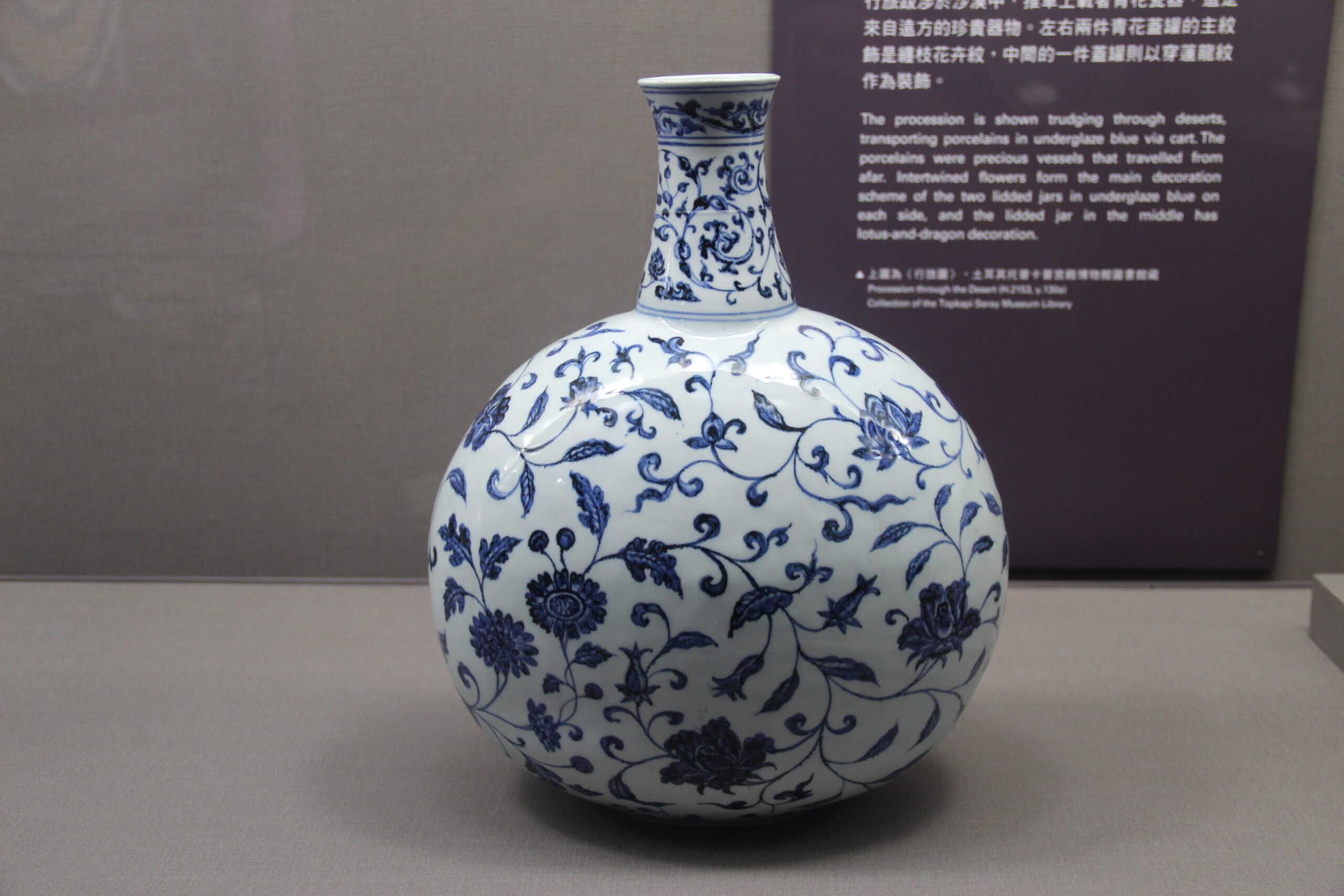
Ming Dynasty Blue-and-White Porcelain stands as a symbol of Chinese artistic excellence. This porcelain features cobalt blue designs on a pristine white background. Collectors admire its intricate patterns, often depicting dragons or floral motifs. Prices for these pieces can soar, with some fetching over $20 million at auctions. The rarity and historical significance contribute greatly to its value.
Song Dynasty Ru Ware
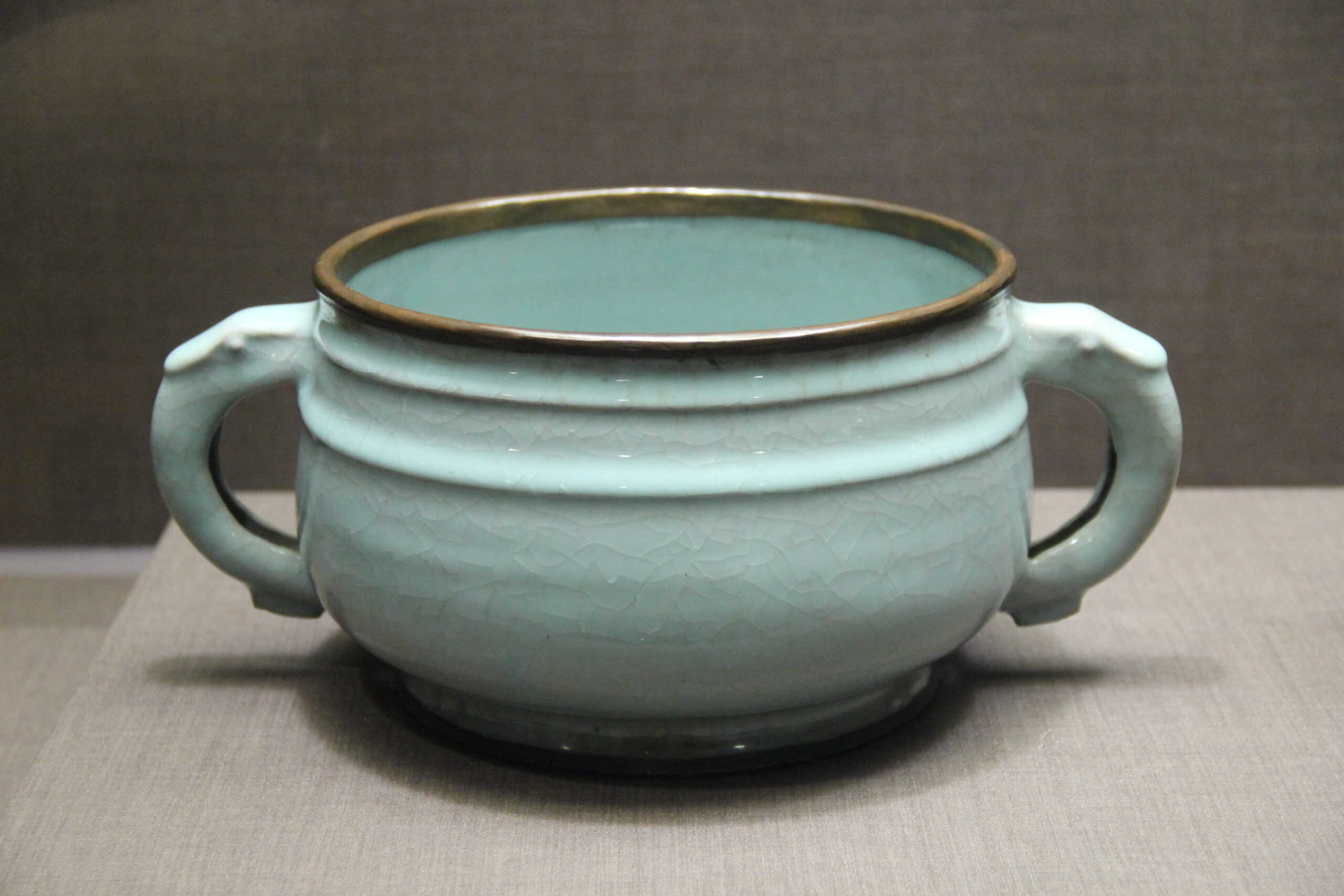
Song Dynasty Ru Ware is one of the most revered types of Chinese ceramics, known for its subtle beauty and exquisite glaze. These pieces are characterized by their soft, bluish-green glaze and simple yet elegant forms. Ru ware is extremely rare, with only a few hundred pieces known to exist. Collectors highly value these ceramics, with prices reaching over $20 million for exceptional pieces. The rarity and historical significance of Ru ware make it a pinnacle of ceramic art.
Chinese Tang Dynasty Sancai Glazed Pottery
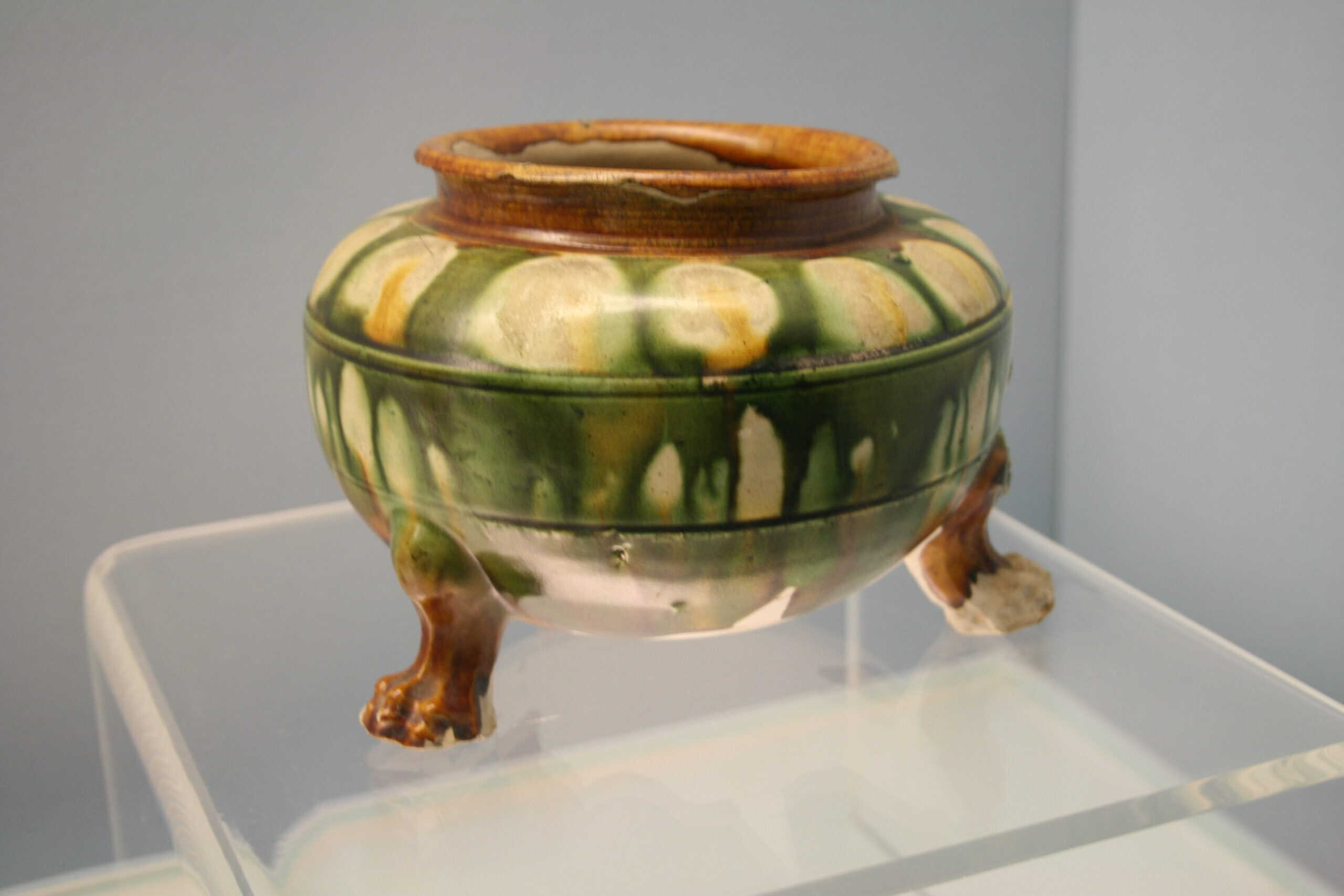
Chinese Tang Dynasty Sancai Glazed Pottery is renowned for its vibrant three-color glaze, typically in green, yellow, and white. These ceramics often depict animals or figures, capturing the essence of the Tang Dynasty. Exceptional pieces of Sancai pottery have been sold for prices exceeding $1.8 million. Collectors highly value them for their historical significance and distinctive style.
Iznik Pottery
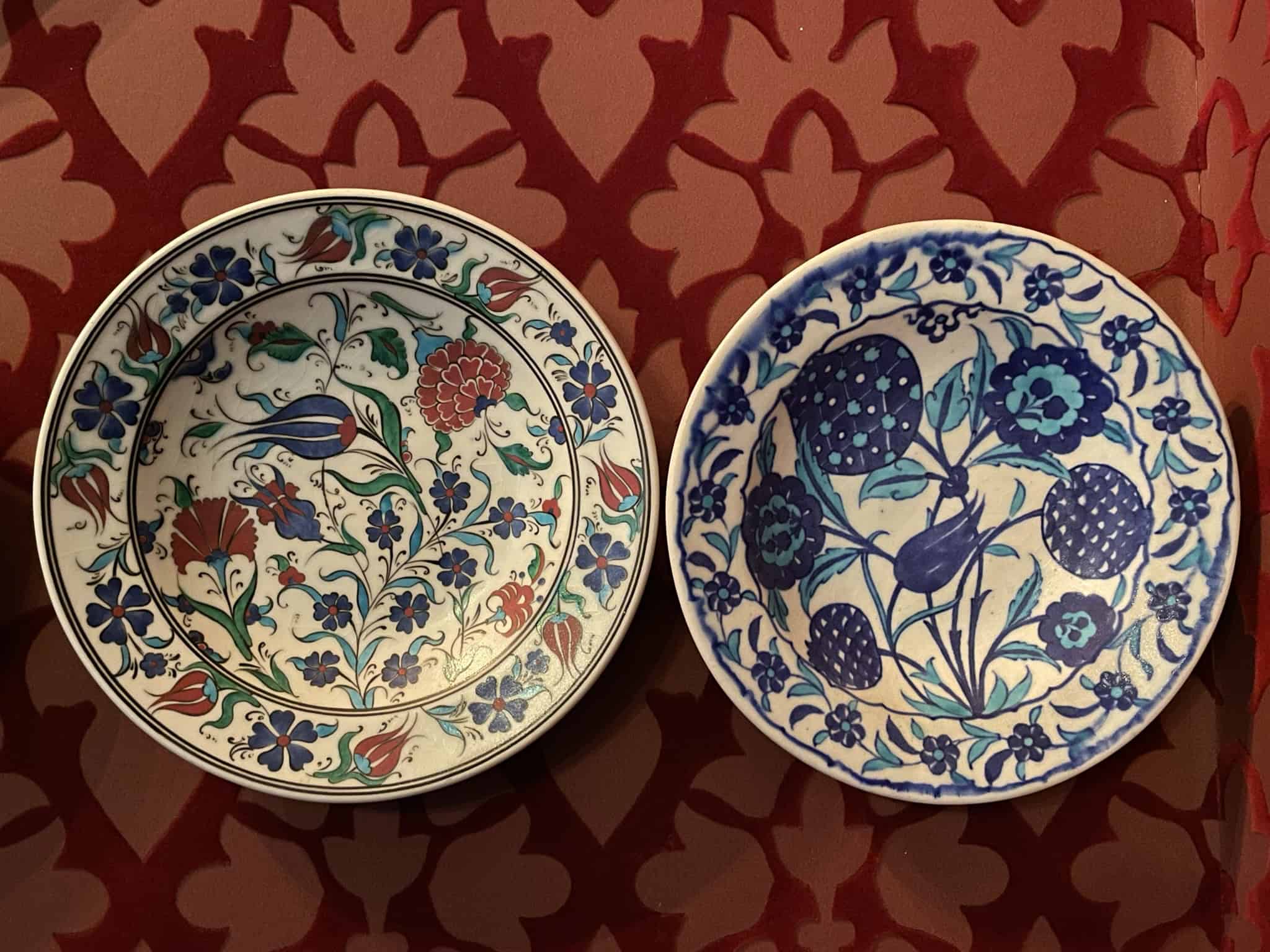
Iznik Pottery from the Ottoman Empire is famous for its vibrant colors and intricate floral designs. These ceramics often feature cobalt blue, turquoise, and red, showcasing the artistic excellence of the period. Collectors prize Iznik pottery for its beauty and historical importance. Prices for Iznik ceramics can range from $5,000 to over $1 million, depending on the piece’s condition and provenance. The combination of stunning design and cultural heritage makes Iznik pottery highly collectible.
Greek Red-Figure Pottery
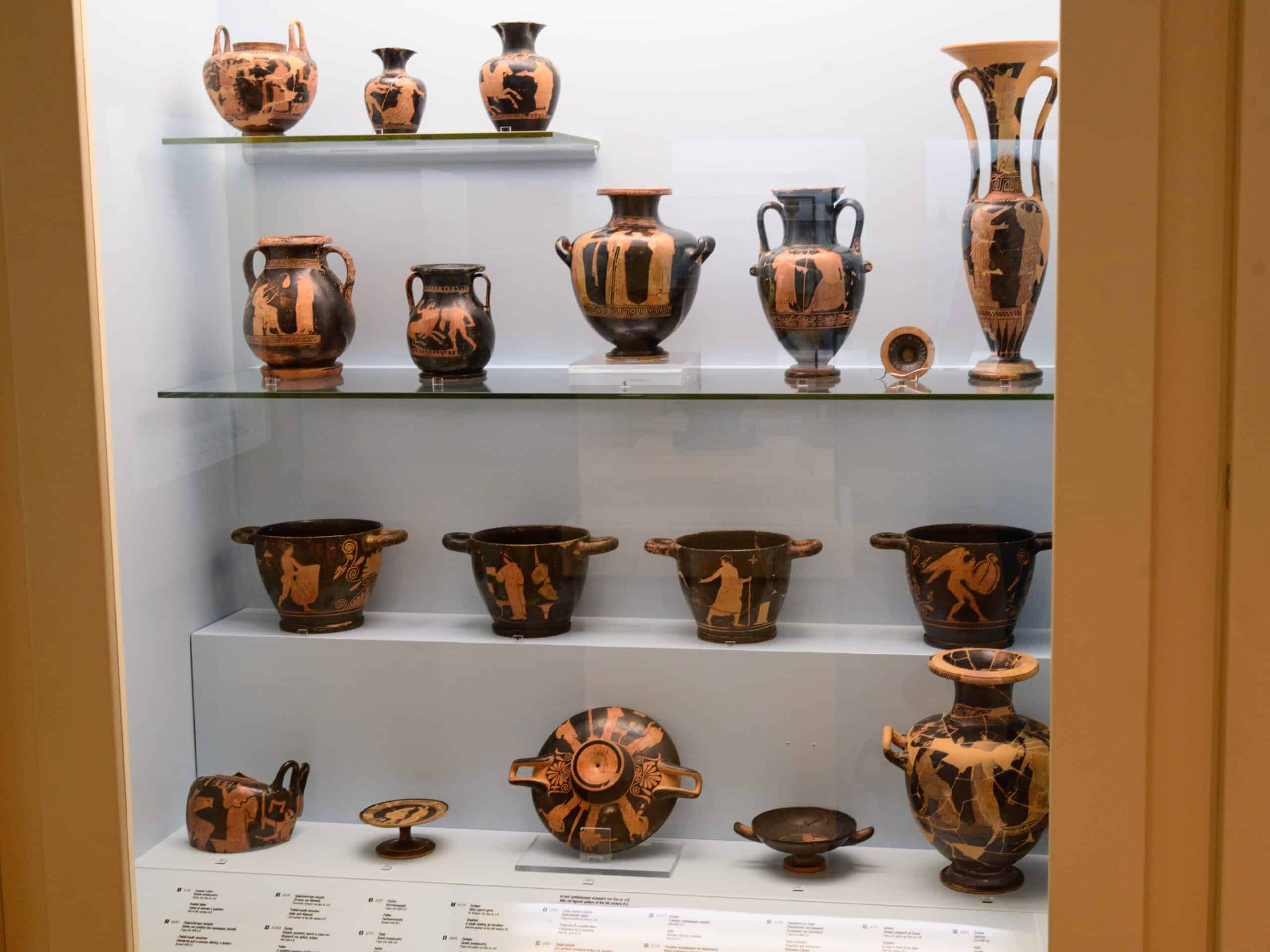
Greek Red-Figure Pottery showcases the artistic skill of ancient Greek potters. These ceramics depict red images on a black background, often illustrating scenes from mythology. Each piece is unique, making them highly desirable among collectors. Prices for these artifacts can range from $10,000 to over $1 million, depending on the condition and rarity. Their cultural impact and historical importance continue to drive their value.
Islamic Lusterware
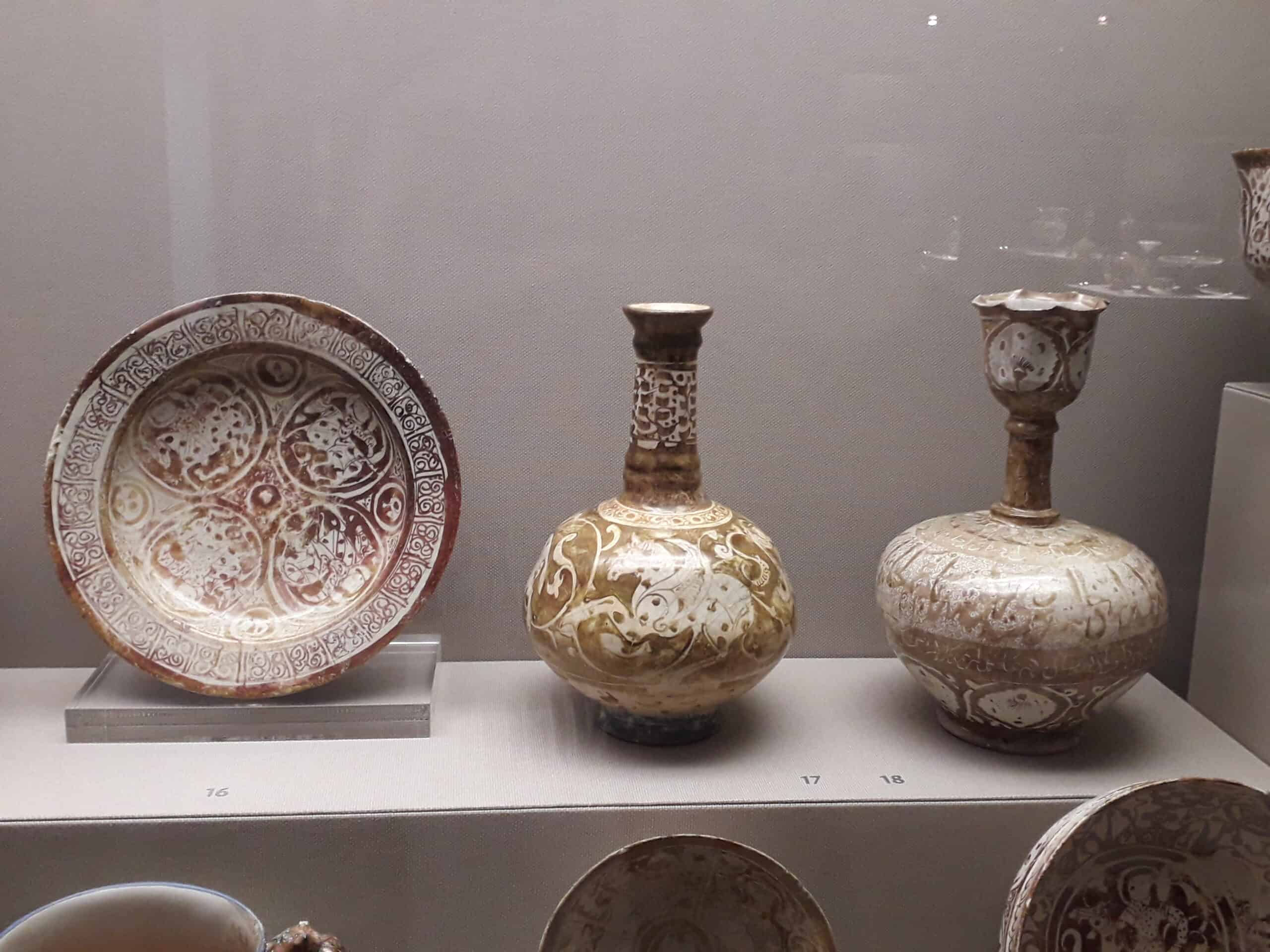
Islamic Lusterware is admired for its shimmering metallic finish, achieved through a unique firing technique. These ceramics feature intricate geometric patterns or calligraphy, showcasing Islamic artistry. Collectors covet these rare pieces, with top examples selling for up to $600,000. The blend of artistry and historical importance makes Islamic Lusterware highly prized in the market.
Meissen Porcelain
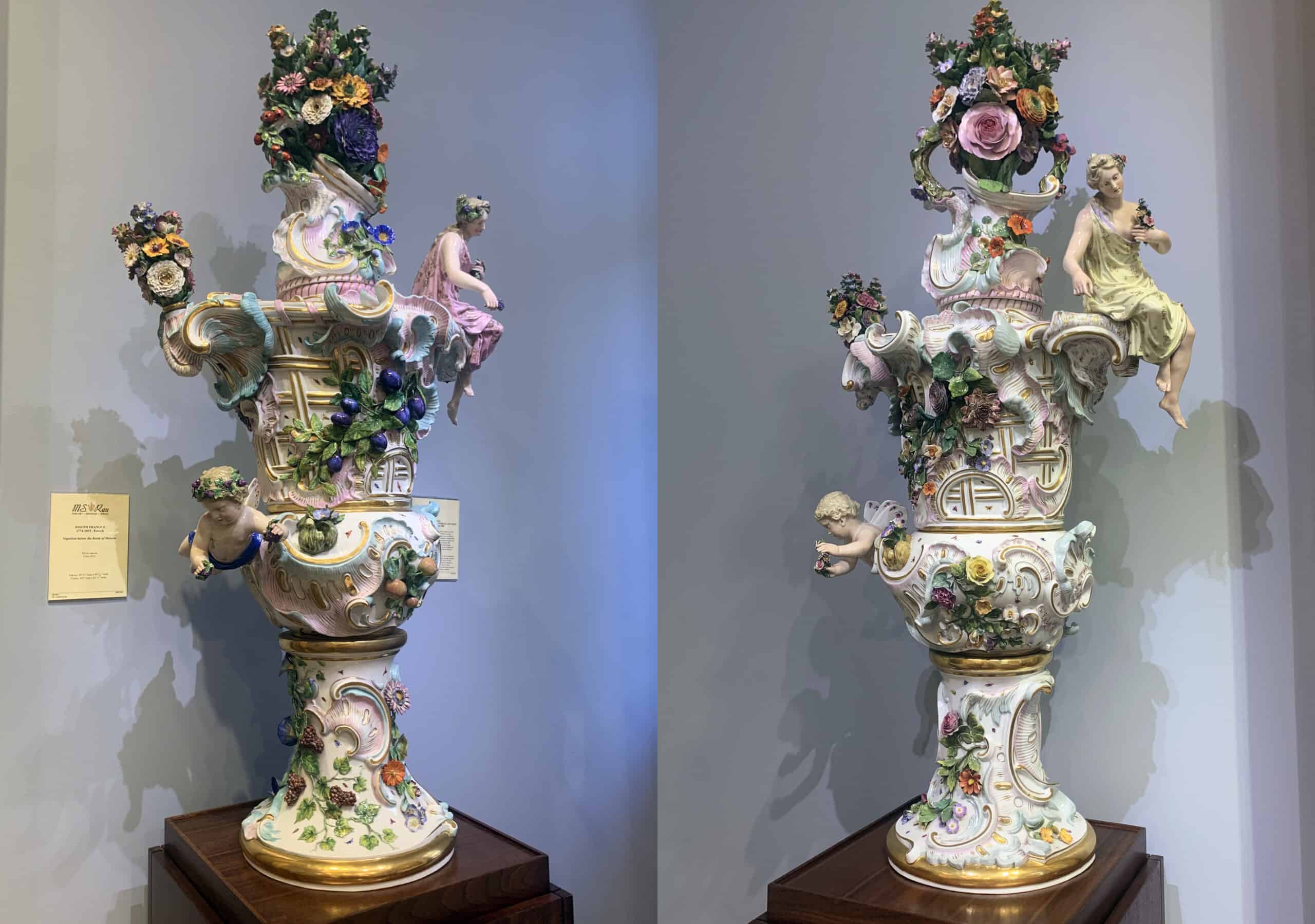
Meissen Porcelain, produced in Germany, was Europe’s first hard-paste porcelain. Known for its delicate hand-painted designs, Meissen is a symbol of luxury. Collectors particularly value early pieces or those with rare patterns. Prices for Meissen porcelain can range from $1,000 to over $150,000, depending on the piece’s rarity and condition. Its enduring legacy as a luxury item makes it a sought-after collectible.
Italian Maiolica
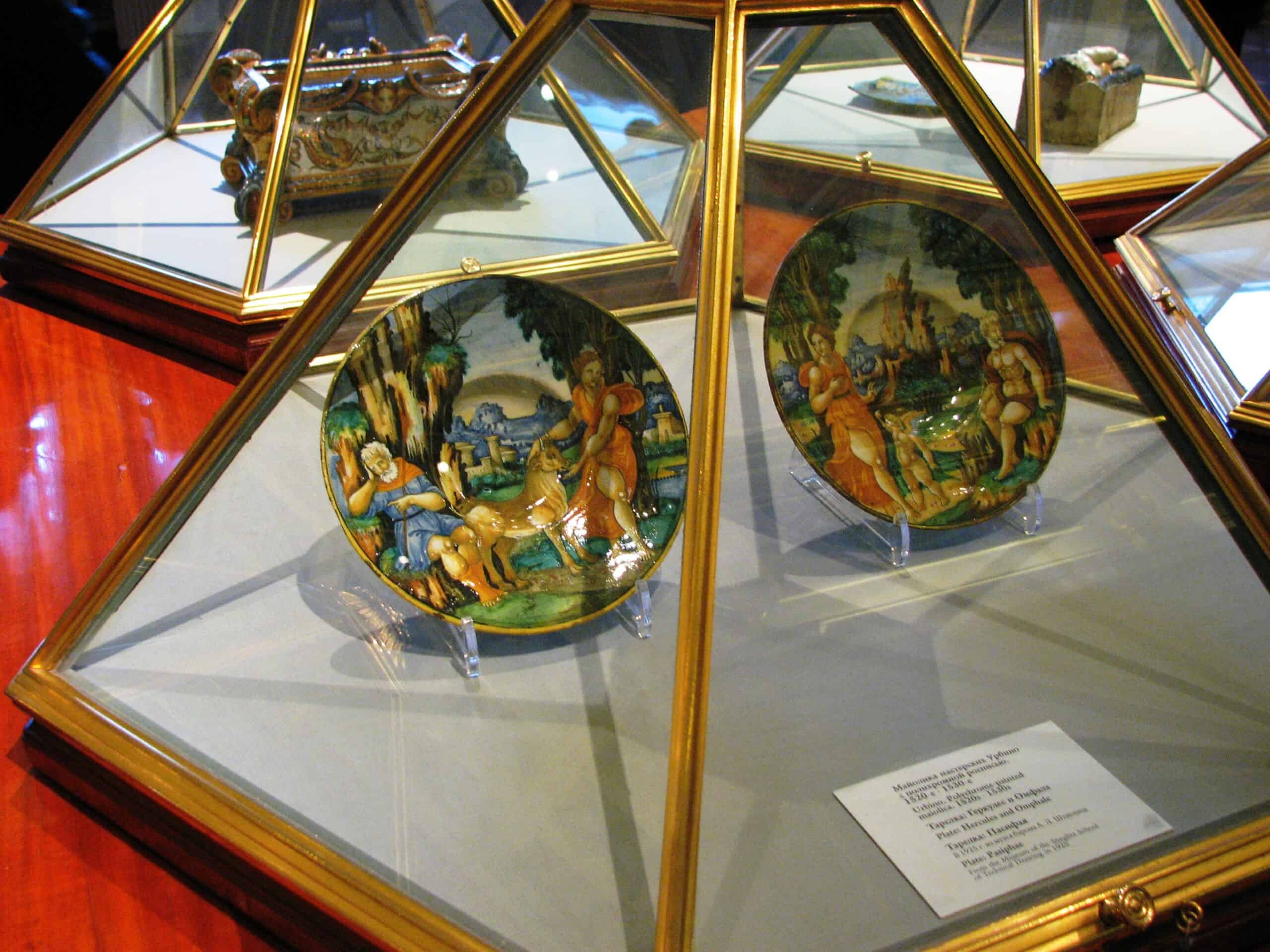
Italian Maiolica is a type of tin-glazed pottery known for its bright colors and intricate designs. Originating in the Renaissance period, these ceramics often feature historical or mythological scenes. Collectors prize Maiolica for its vivid depiction of Italian art and culture. Prices for these ceramics can range from $500 to over $100,000, with rare pieces from famous workshops fetching the highest prices. The combination of artistry and history makes Maiolica a collector’s favorite.
Delftware
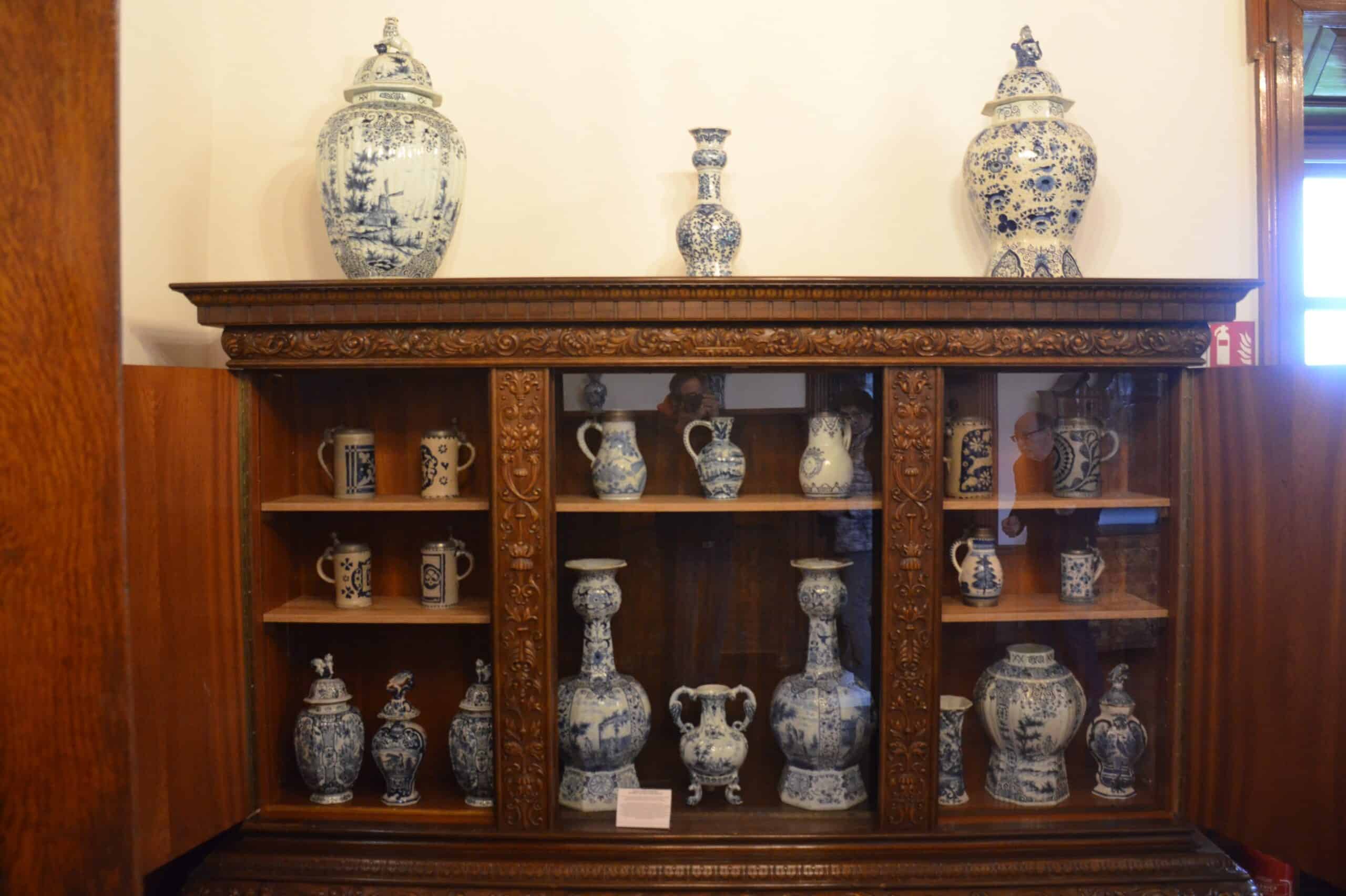
Delftware, originating from the Dutch city of Delft, is famous for its blue and white designs. These ceramics often feature scenes from everyday life or floral motifs. Older, hand-painted Delftware from the 17th and 18th centuries is highly collectible. Prices can vary widely, with rare examples fetching up to $50,000. The historical and artistic value of Delftware continues to captivate collectors worldwide.
Korean Joseon Dynasty Buncheong Ware
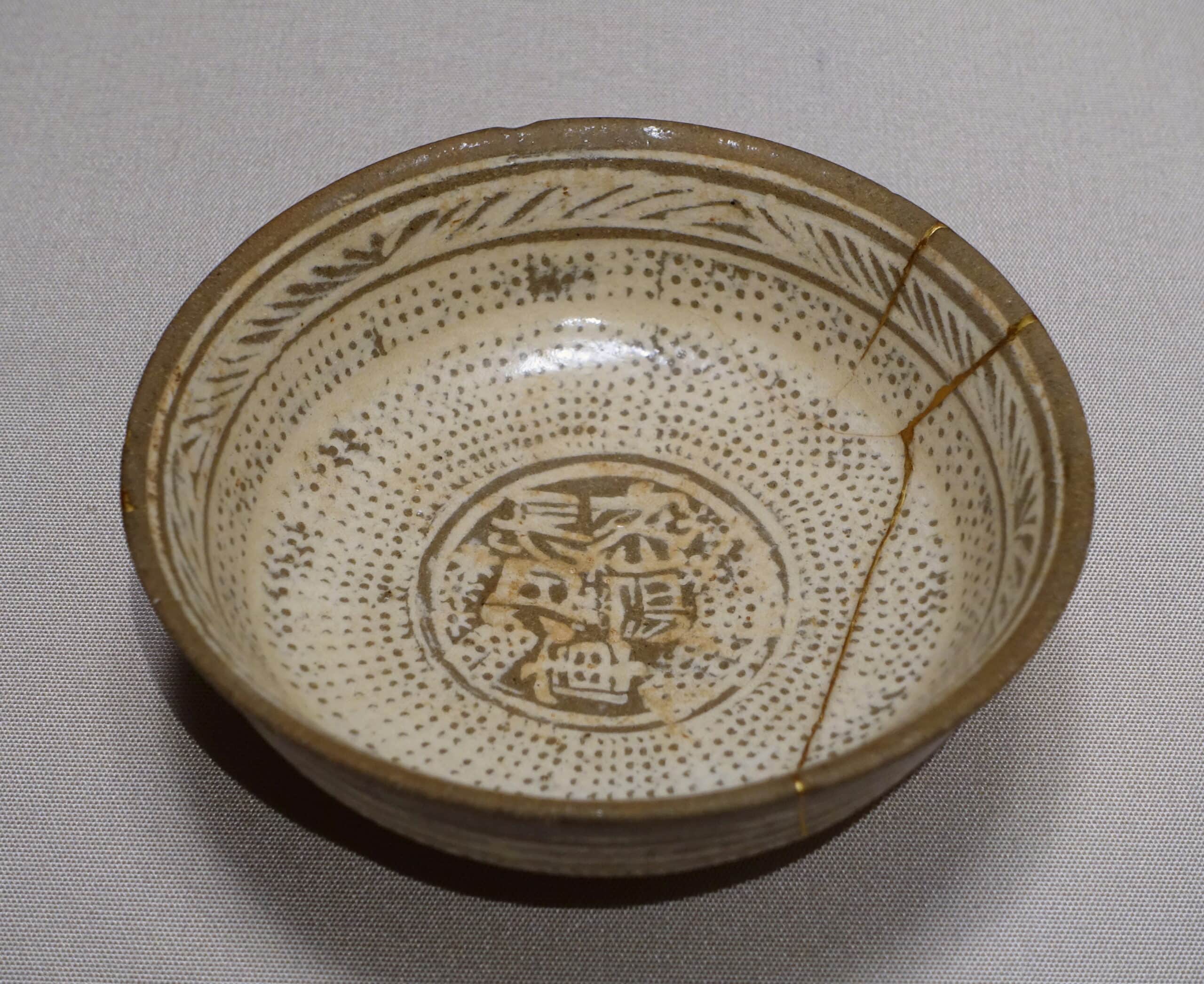
Korean Joseon Dynasty Buncheong Ware is a type of stoneware with a distinctive slip-coated surface, often featuring incised designs. This pottery is valued for its simplicity and elegance, reflecting the aesthetic of the Joseon Dynasty. Collectors value these pieces, with prices ranging from $5,000 to $50,000, depending on rarity and condition. The unique style and historical importance of Buncheong ware make it a prized collectible.
Japanese Satsuma Ware
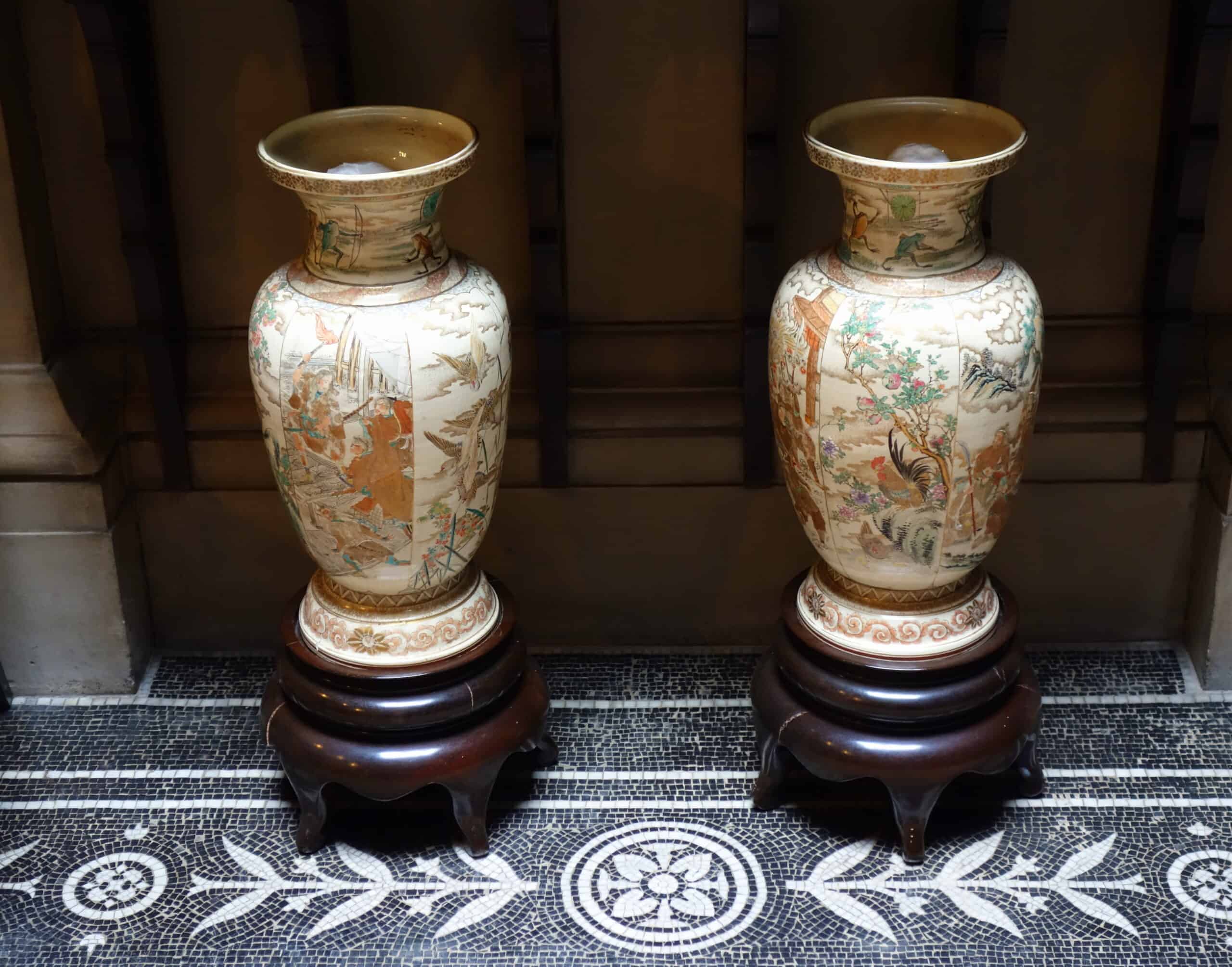
Japanese Satsuma Ware is renowned for its delicate hand-painted designs and fine crackle glaze. These ceramics, often adorned with intricate patterns and scenes from Japanese life, were highly prized during the Meiji period. Collectors seek out Satsuma ware for its craftsmanship and cultural significance. Prices can range from $1,000 to over $50,000, with older and more detailed pieces commanding the highest values. The unique beauty of Satsuma ware continues to attract collectors worldwide.
Ancient Egyptian Faience
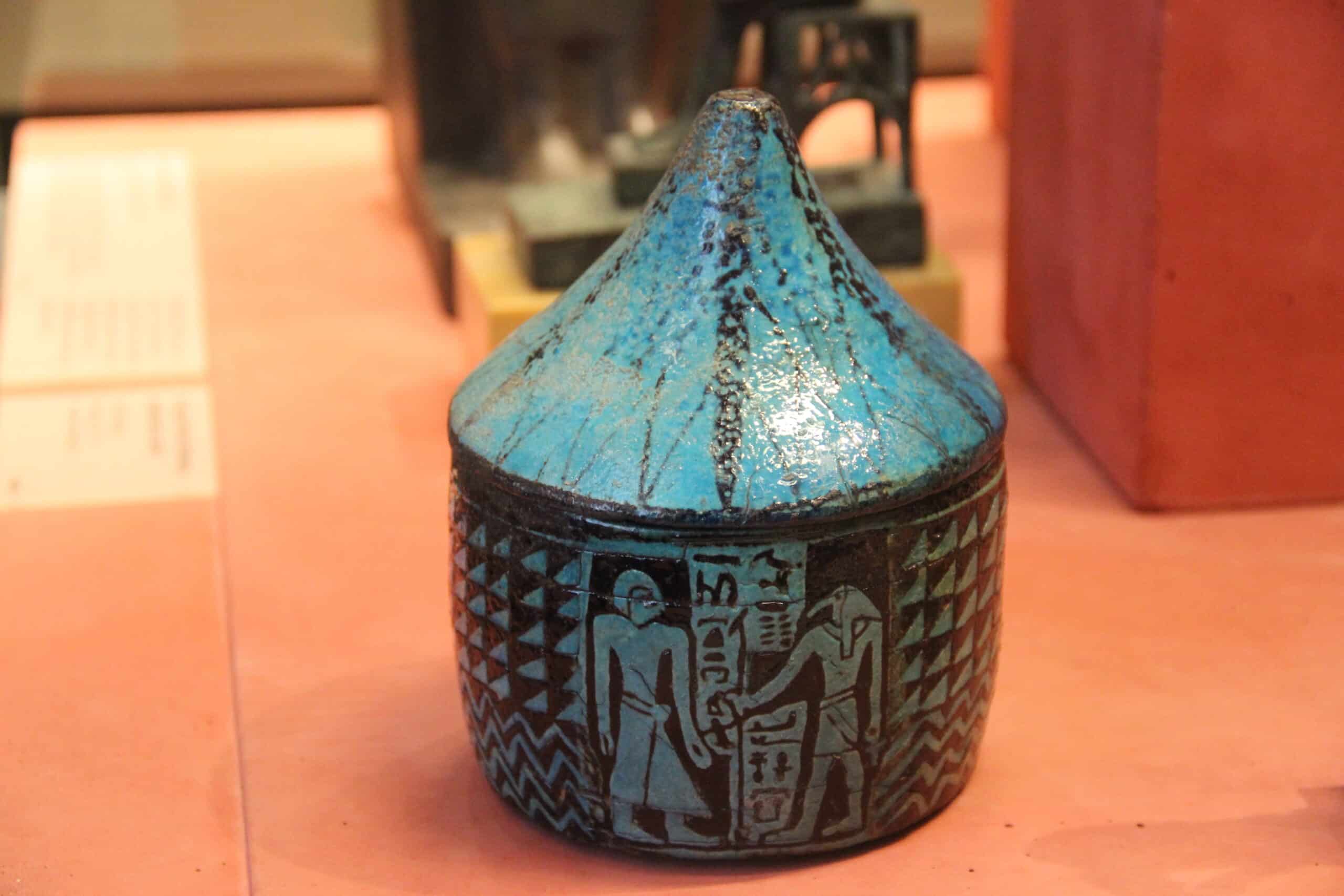
Ancient Egyptian Faience is a glazed ceramic known for its bright blue-green color, often used in amulets and figurines. Collectors prize these pieces for their connection to ancient Egyptian culture and their symbolic meaning. Prices for faience artifacts can range from $500 to $20,000, with exceptional pieces fetching even higher amounts. The cultural significance and historical value of Egyptian faience continue to draw the interest of collectors.
Wedgwood Jasperware
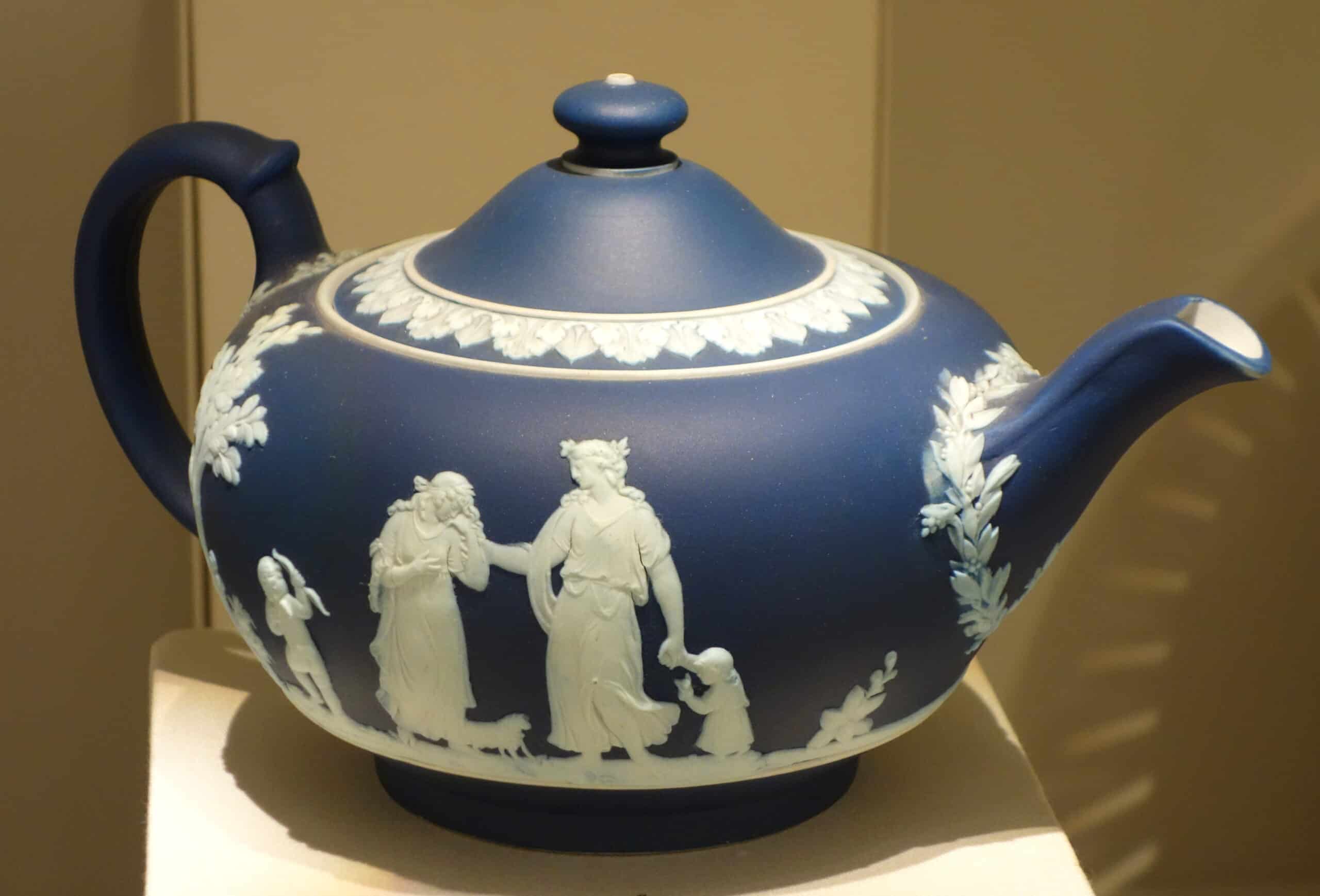
Wedgwood Jasperware, created by Josiah Wedgwood in the 18th century, is known for its classical white relief on colored backgrounds. Collectors seek out rare colors like crimson or sage green. Prices for these pieces can range from $500 to over $10,000, depending on age and rarity. The timeless design and craftsmanship ensure its continued appeal among collectors.
Roman Terra Sigillata
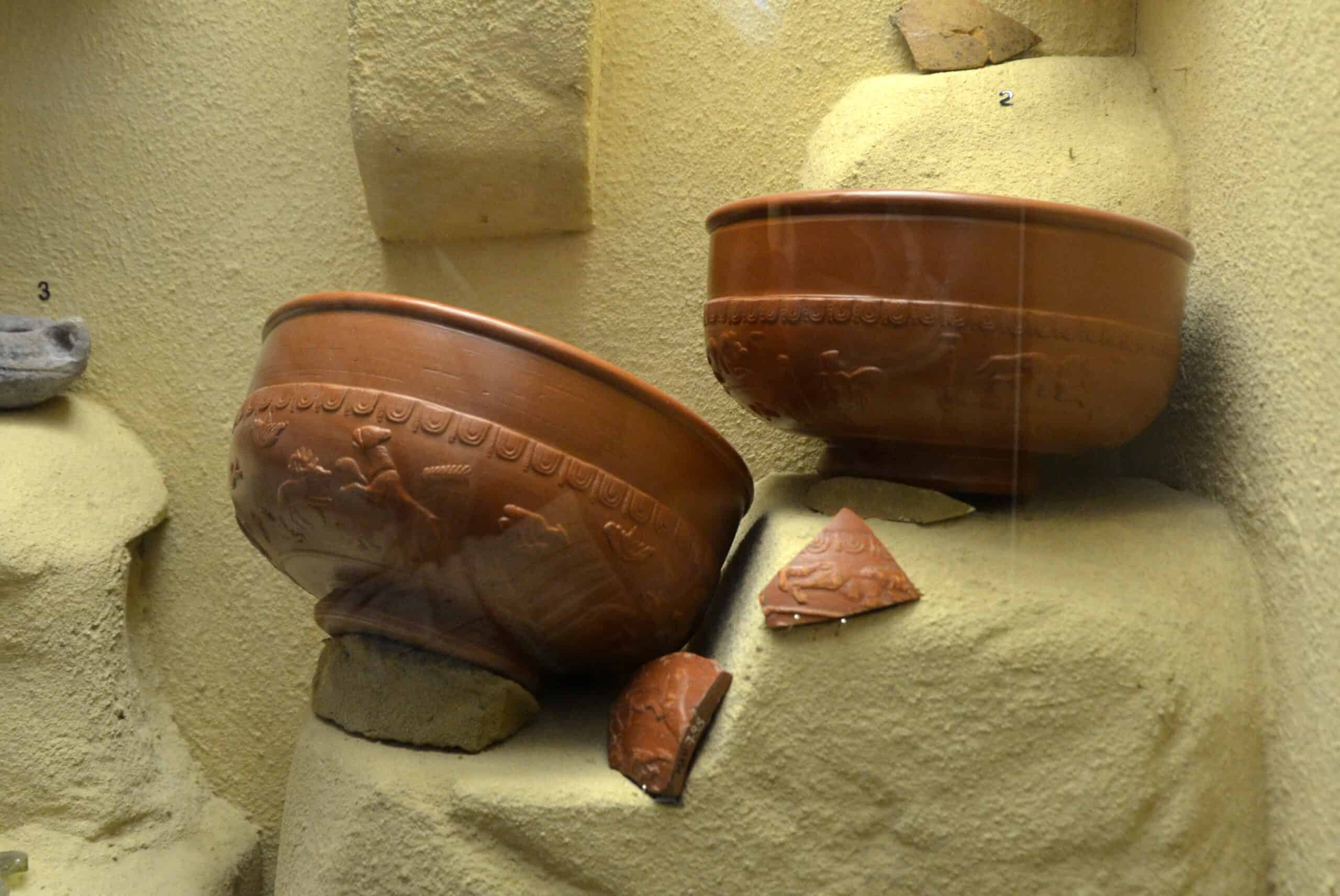
Roman Terra Sigillata is a fine red pottery, widely used in the Roman Empire. These ceramics, often decorated with stamped designs, are valuable historical artifacts. Prices for Terra Sigillata vary, but rare pieces can sell for up to $10,000. Collectors appreciate these items for their connection to Roman culture and their significance in everyday ancient life.
Staffordshire Figures
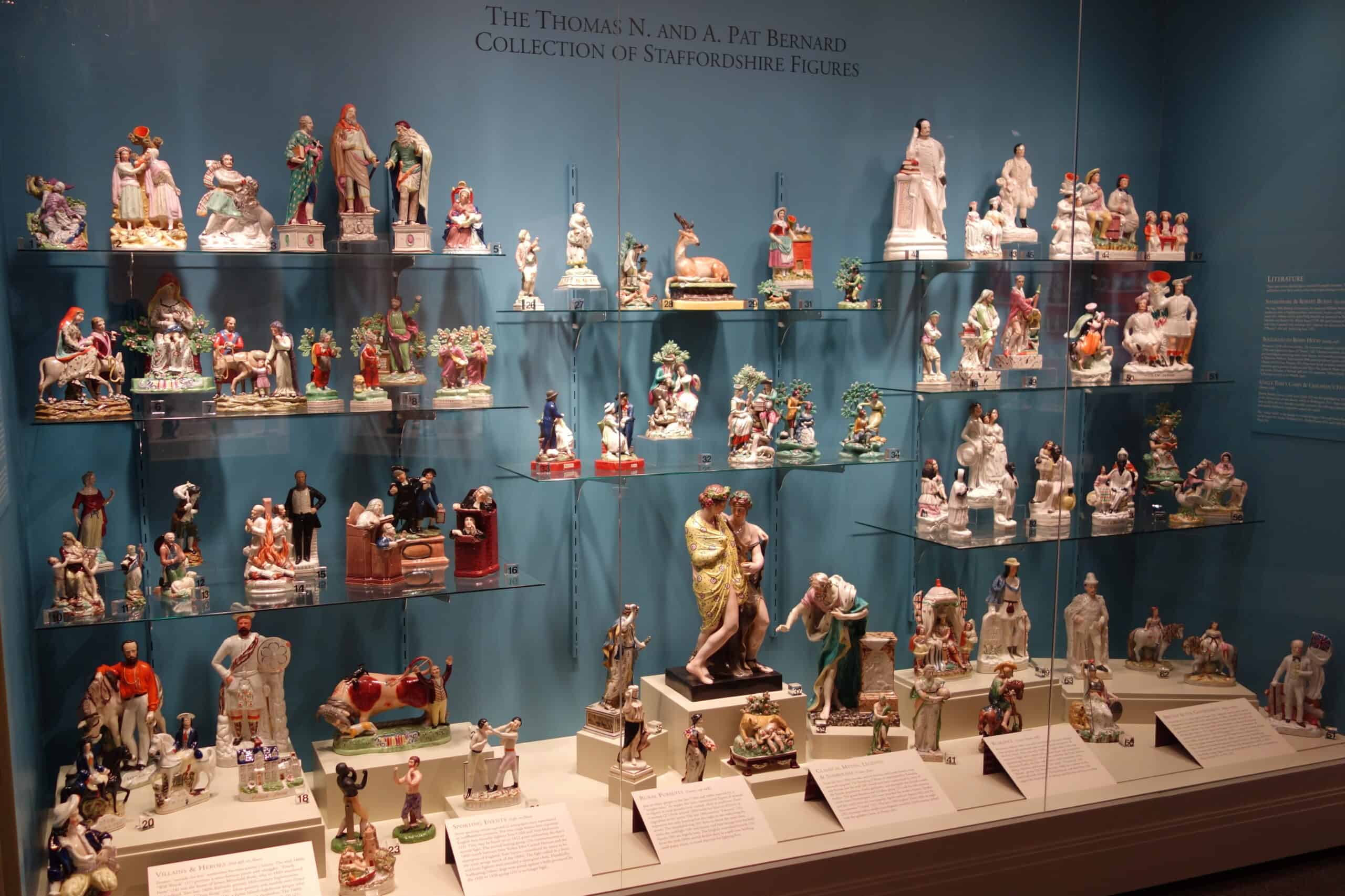
Staffordshire Figures are iconic British ceramics that depict a wide range of subjects, from everyday people to famous historical figures. These earthenware figures were popular in the 18th and 19th centuries. Their charming, sometimes whimsical designs make them favorites among collectors. Prices for Staffordshire figures can vary widely, from $100 for common pieces to over $10,000 for rare or early examples. The nostalgia and craftsmanship behind each figure add to their collectible appeal.
This article originally appeared on Rarest.org.
More from Rarest.org
1938 Jefferson Nickel Value Guide
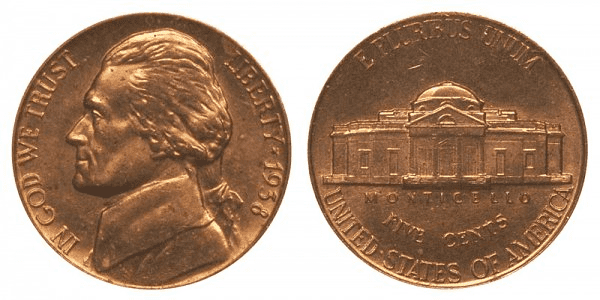
1938 marked the first year for the new design of the 5-cent piece in the US. This year, the Jefferson nickel was born. Read More.
1992 Roosevelt Dime Value Guide
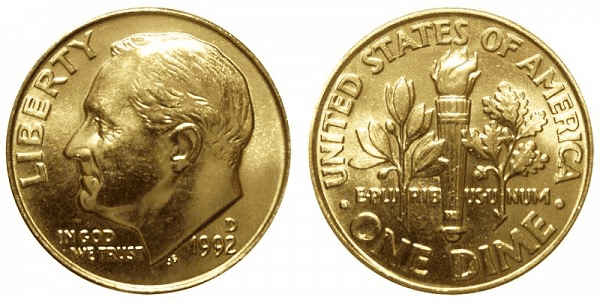
The 1992 Roosevelt dime was issued more than 30 years ago. It is part of the Jefferson dime series and has become a popular addition to the collection of many coin enthusiasts. Read More.
1940 Mercury Dime Value Guide
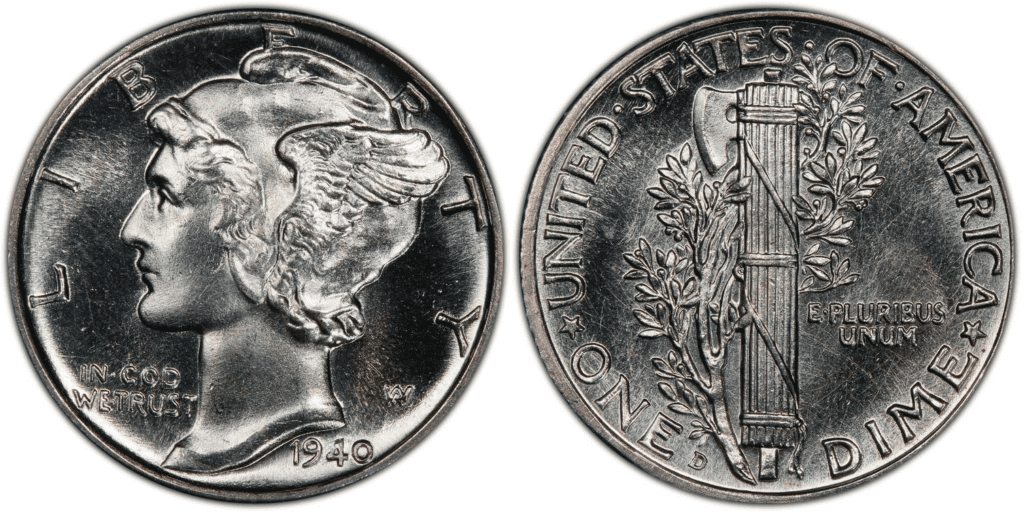
The Mercury dime is among the most popular coins ever produced by the US Mint. It was issued from 1916 to 1945. Read More.
